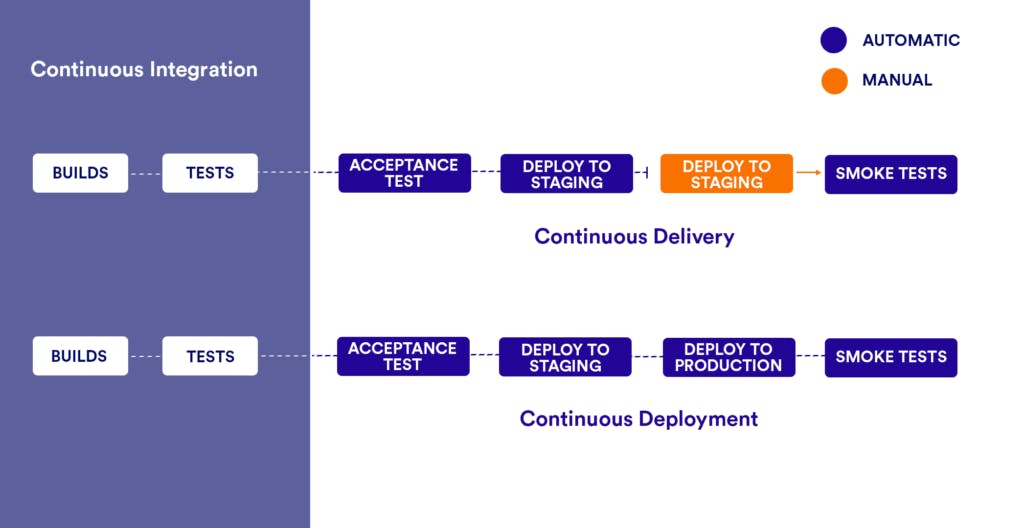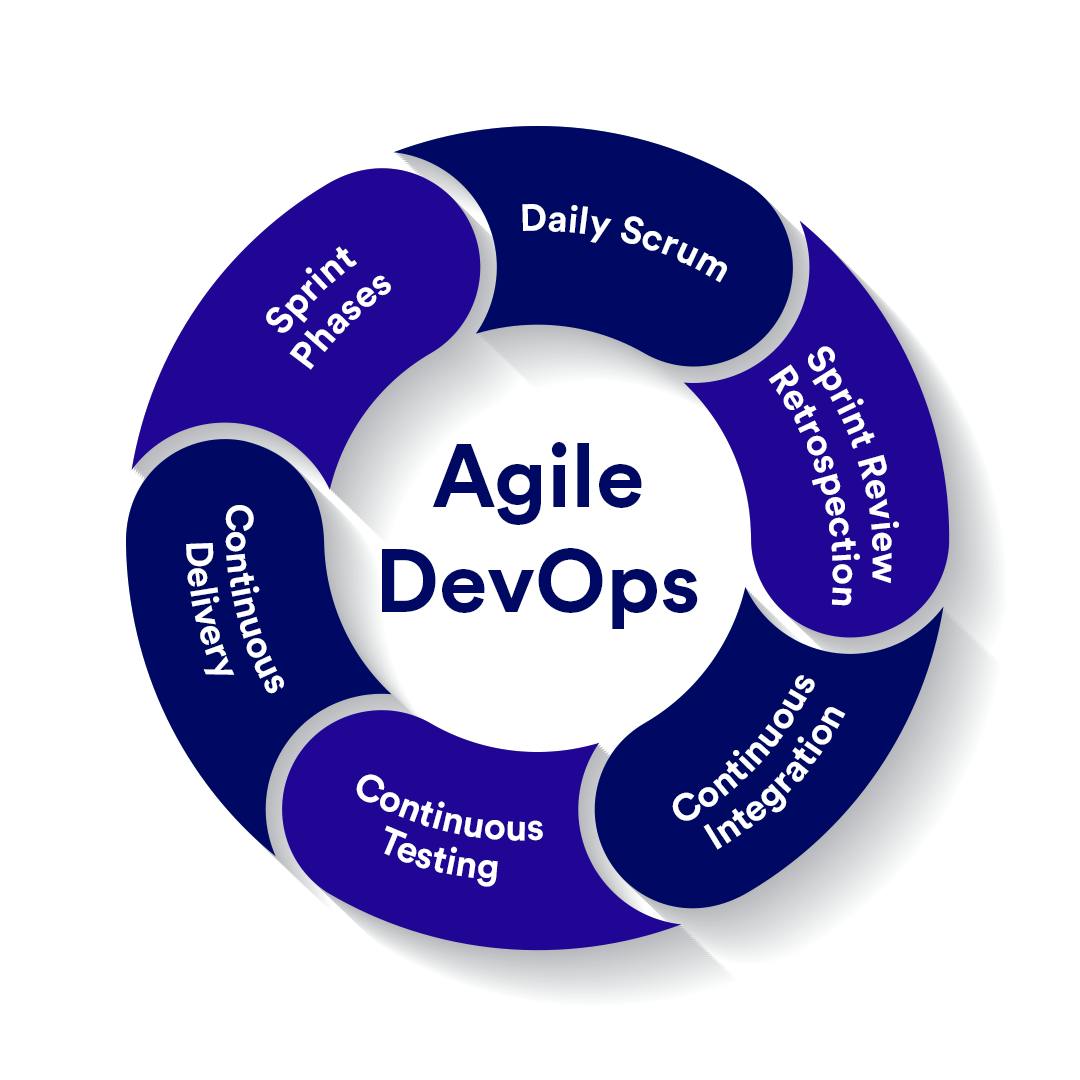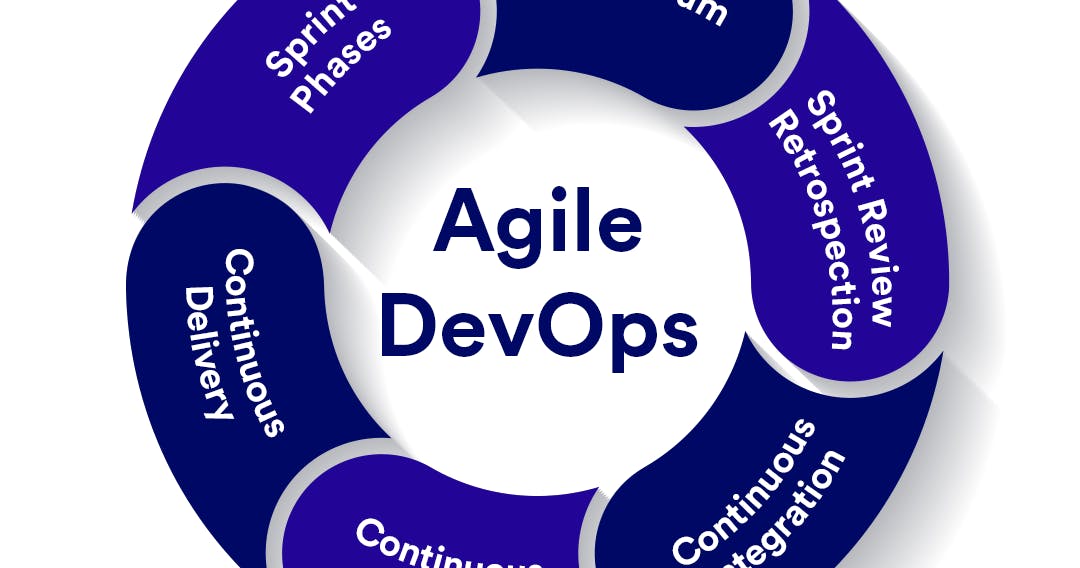In this article:
- Continuous integration (CI), continuous delivery/deployment (CD), and continuous testing (CT) are essential components of DevOps, accelerating code release and deployment processes.
- CI ensures reliable code commits and automated testing, while CD automates the entire software release process, with continuous delivery allowing manual approval and continuous deployment automating production deployment.
- CT ensures quality by providing continuous feedback through automated testing throughout the development cycle.
- Integrating CI, CD, and CT in a pipeline ensures efficient and error-free deployment, increasing velocity and quality.
- Tips for successful integration include comprehensive test suites, optimizing CI speed, fostering communication and trust, and maintaining honesty in testing practices.
IT organizations are increasingly turning to DevOps practices to improve value delivery for the customer. When DevOps implements CI, CD, and CT methods correctly, releases become more reliable and error-free. This, in turn, leads to higher productivity, customer retention, and long-term ROI.
Background
In today’s article, we talk about each - CI, CD, CT - in detail, trying to understand their role within DevOps and how they turn DevOps workflows into efficient pipelines for successful development.
The discussion around them is important because now, with DevOps, developers receive feedback from stakeholders and tools that systematically monitor and test their code in the pipeline. Enter: CI, CD, and CT.
Finally, we will talk about how Bunnyshell makes everything run more smoothly.
Trend Report
CI/CD and Application Release Orchestration
Download this report to learn the key research findings about software delivery practices, metrics, and tooling.
Summary
- What is CI in DevOps?
- What is CD in DevOps?
- What is CT in DevOps?
- Using CI, CD, and CT in a DevOps Pipeline
- The Bunnyshell solution.
What Is CI in DevOps?
Continuous Improvement (CI) allows developers to write, update, or fix a feature, then commit a code to the central code repository reliably, multiple times a day. Each update triggers an automated build and testing sequence for a given project, ensuring that code changes that merge into the repository are reliable.
It’s a critically important step to increasing deployment efficiency. CI continuously integrates code changes into the existing codebase to quickly identify and remediate any conflicts between different developers’ code changes.
If a development team is not making frequent commits to a common branch in a shared source code repository, they are not successfully doing continuous integration. Additionally, if the test and build processes are automated but developers work on isolated branches that are not often integrated into a shared branch, that is also not continuous integration.
What Is CD in DevOps?
Continuous Development (CD) represents the implementation of automation throughout the entire software release process. Once code has passed all of the tests, deployment becomes the last step in the process. In a DevOps pipeline, CD often is referred to as continuous delivery but can also mean continuous deployment.
Below is an explanation of both.
Continuous Delivery vs. Continuous Deployment
Continuous delivery follows these steps:
- Puts a change in the staging environment and release schedule,
- A person manually approves this code,
- Finally, it is deployed.
Continuous deployment automatically deploys code to production once it passes tests.
These two are not mutually exclusive, but they include each other. Their overall goal is the same – make software development and release processes faster and more robust. The key difference between them is the scope of automation applied.
With continuous delivery, the process allows developers to be more productive by deploying a new release at any time with a few clicks. On the other hand, continuous deployment is a step up from continuous delivery as every change in the source code is deployed to production automatically. This deployment does not require approval from a developer.

What Is CT in DevOps?
While CI and CD are crucial in accelerated product releases, Continuous Testing (CT) brings the quality factor into these frequent releases. In the CI/ CD pipeline or DevOps pipeline, sometimes CT is omitted even though it is a critical component in any pipeline. The real benefits of adopting CI/ CD are not truly felt if there is a lack of automated testing.
CT is a primary enabler of continuous feedback. Not only is it considered the first step in the right direction when embarking on a DevOps journey, but it drives software delivery through the software development cycle (SDLC) by being a continuous feedback mechanism. It allows DevOps teams to enable deployment and post-deployment testing in local environments.
Using CI, CD, CT in a DevOps Pipeline
A CI, CD, CT pipeline automates the entire deployment. It protects against substandard or error-prone changes to the codebase and early detection of code defects.

Benefits of Integrating CI, CD, CT
Manual software deployment is susceptible to human error. That is why it’s important to have these three processes run smoothly. One process cannot be successful without the other two working seamlessly throughout the delivery cycle. Although each has different roles and responsibilities, they depend on one another for a quality deployment.
- By automating the steps leading up to a product release, an organization can ensure that both the code and the deployment process work efficiently and correctly.
- When developers or other teams find a defect, they can rely on the CI, CD, CT pipeline to automate, for example, a rollback to the previous code version.
- When all three are combined, they can significantly help increase the most important goals of any development team: velocity and quality.
- By connecting CT closely with CI/CD, developers can improve operational agility and accelerate time-to-market.
Advice on How to Integrate CI, CD, CT Correctly
- Make sure your automated test suite is comprehensive and stable. This will make it safe to implement every passed CI build to staging and then production status without a long manual quality assurance check.
- Pay close attention to CI speed and optimize when possible. Otherwise, developer productivity can shrink due to a lack of focus and frequent context switching.
- Ensure proper communication is enabled for CI to function; teams are able to be agile and on the same page with a project.
- Foster trust within your team to uphold CD. CD eliminates the element of doubt by automating and streamlining all processes leading up to deployment.
- Go for honesty when it comes to CT. If CT is utilized when developing apps, it will prevent more significant issues from happening once the app is live, keeping developers honest about the code status.
Accelerating Software Development with Continuous Integration and Continuous Testing
In the era of rapid digital transformation, organizations must deliver software faster while maintaining high standards of quality and security. Continuous Integration (CI) and Continuous Testing (CT) have become foundational practices for achieving these goals. By integrating code changes frequently and running automated tests at every stage, teams can detect issues early, reduce integration problems, and accelerate release cycles. This approach not only enhances collaboration between developers and testers but also ensures that new features and fixes are delivered reliably.
Implementing CI and CT requires a robust pipeline that automates code integration, builds, and testing. Tools and platforms that support these practices help teams maintain code quality and minimize manual intervention. To further optimize your workflows, explore how modern SDLC practices can accelerate software development and how Docker layer caching can speed up CI/CD builds. These resources provide actionable strategies for building resilient, high-performing pipelines.
Enhancing Security in CI/CD Pipelines
Security is a critical concern in every stage of the software development lifecycle, especially as teams adopt CI/CD and DevOps practices. Integrating security checks directly into your CI/CD pipelines—often referred to as DevSecOps—ensures that vulnerabilities are identified and addressed early, rather than after deployment. Automated security testing, code analysis, and compliance checks can be seamlessly incorporated into your workflows, reducing risk and enabling faster, safer releases.
Adopting a security-first mindset means treating security as a shared responsibility across development, operations, and QA teams. By leveraging tools that automate vulnerability scanning and enforce security policies, organizations can maintain compliance without slowing down innovation. For a comprehensive look at how to choose the right development workflow that balances speed and security, read CI/CD vs. EaaS: Choosing the Right Development Workflow.
The Role of DevOps and Platform Engineering in Modern Development
DevOps is more than a set of tools—it's a cultural shift that breaks down silos between development and operations, fostering collaboration, automation, and continuous improvement. By embracing DevOps principles, teams can deliver software more efficiently, respond to feedback faster, and create a more resilient infrastructure. Platform engineering takes these concepts further by building internal platforms that abstract complexity and empower developers to self-serve environments, deployments, and resources.
This evolution enables organizations to scale their operations, improve developer experience, and maintain consistency across projects. Learn more about the impact of platform engineering in Platform Engineering Explained: The Ultimate Guide and discover why the shift from SRE to platform engineering is transforming the industry.
Leveraging Preview Environments for Better Testing and Collaboration
Preview environments are a game-changer for continuous testing and collaboration. By automatically creating isolated, production-like environments for every feature branch or pull request, teams can validate changes, run tests, and gather feedback before merging code. This approach reduces the risk of integration issues, accelerates QA cycles, and enhances stakeholder collaboration.
Automating the creation of preview environments ensures consistency and reduces manual setup time, allowing teams to focus on delivering value. Explore how preview environments can cut your QA time and why they outperform traditional feature branches to unlock the full potential of continuous testing.
Integrating AI and Automation in CI/CD Workflows
Artificial intelligence and automation are reshaping the software development landscape. AI-powered code assistants can boost productivity, but they also introduce new challenges in CI/CD pipelines, such as unexpected code changes or integration failures. To harness the benefits of AI while maintaining pipeline stability, teams must implement robust validation, monitoring, and rollback mechanisms.
Automation extends beyond code generation—automated testing, deployment, and environment provisioning are essential for maintaining agility and reliability. For insights into the intersection of AI and CI/CD, read how AI code assistants can break CI pipelines—and how to prevent it, and discover how to automatically create preview environments for every pull request.
Environment as Code: The Foundation for Scalable and Secure Development
Environment as Code (EaC) empowers teams to define, manage, and provision environments using code, bringing consistency, repeatability, and security to infrastructure management. By versioning environment configurations and automating their deployment, organizations can support multiple stages of development, ensure compliance, and reduce manual errors.
EaC is a cornerstone of modern DevOps and platform engineering, enabling rapid scaling and seamless integration with CI/CD pipelines. To understand the principles and benefits of this approach, explore What is Environment as Code (EaC)?.
Choosing the Right Tools and Platforms for Continuous Integration and Testing
The success of your CI/CD and continuous testing initiatives depends on selecting the right tools and platforms. From Docker Compose for orchestrating multi-container applications to specialized platforms for ephemeral environments, the ecosystem is rich and diverse. Evaluating solutions based on scalability, security, and integration capabilities is essential for building a future-proof development workflow.
For guidance on selecting the best platforms, review Is Docker Compose Production Ready?, Top 7 Platforms for Ephemeral Environments, and Top 10 Platform Engineering Platforms for 2024.
By weaving together continuous integration, continuous testing, security, DevOps, and automation, organizations can build robust, scalable, and secure software delivery pipelines. These practices not only drive efficiency and innovation but also create a foundation for long-term success in an ever-evolving technological landscape.
The Bunnyshell Solution
Learning how to combine CI, CD, and CT in the best way for your organization’s needs becomes an art in itself. CI, CD, and CT play into each other and cannot work well only individually. They all have to be taken into account to improve value delivery and offer quality deployments.
DevOps, when applied inappropriately, can and does create chaos inside companies instead of solving anything. Bunnyshell helps by letting you and your team spin up unlimited development and staging environments, so you can manage your pipeline more efficiently and with increased velocity.
To refine our three methods, we have to ensure that our software is secure, reliable, and high-quality. Not only that, but we should also improve productivity, testing efforts, and the pace of the software delivery efforts.
At Bunnyshell, we know that software continues to get more complex, evolving faster than humans can keep up. That is why we create and offer the development environments necessary to help our customers grow and deliver better software, faster. Continuously check us out.
